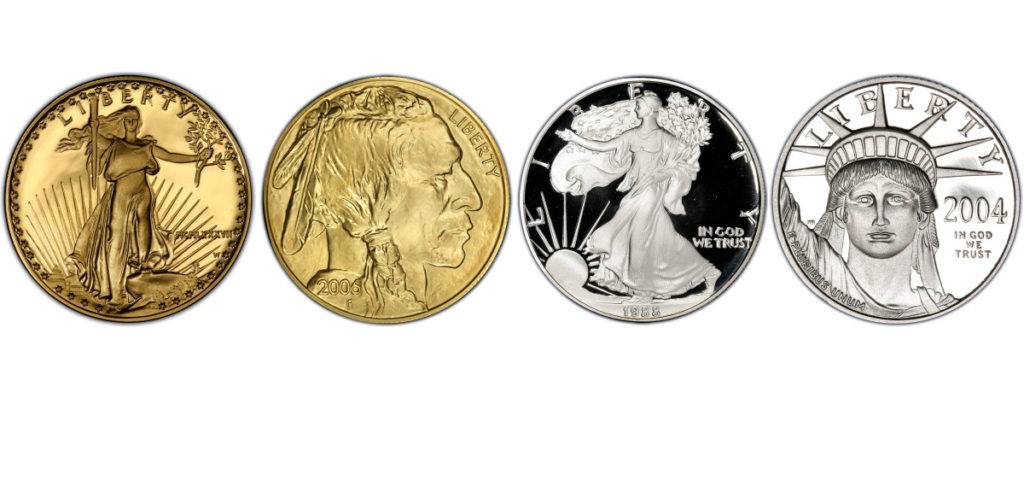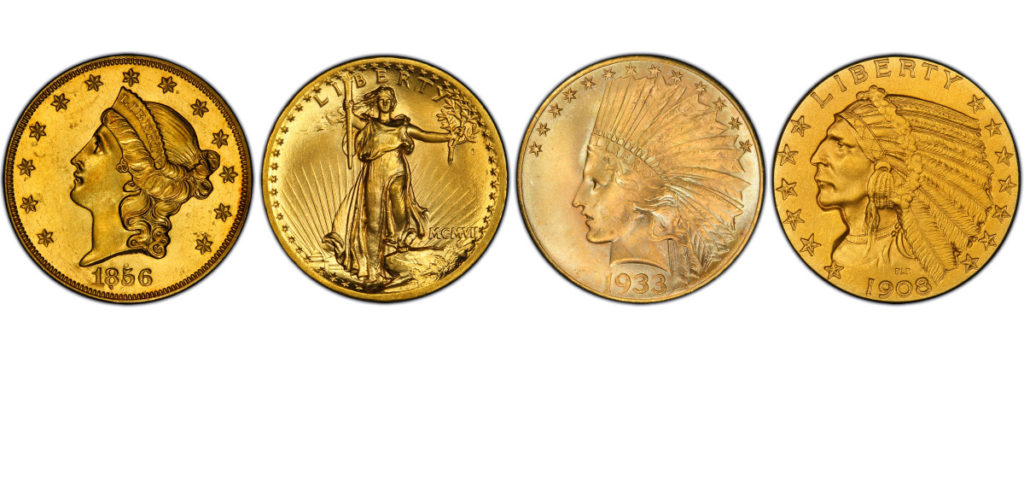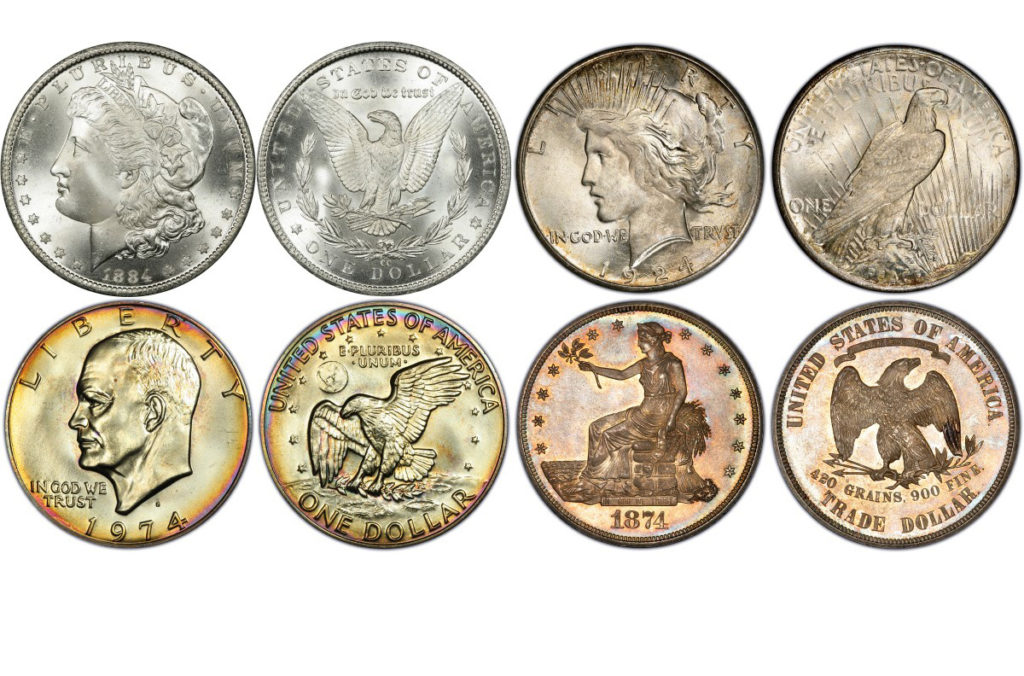Location / Phone / Hours:
30 W 2nd St, Xenia, OH, 45385
Phone: (937) 376-2807
Monday-Friday 11:00 AM-5:00 PM,
30 W 2nd St, Xenia, OH, 45385
Phone: (937) 376-2807
Monday-Friday 11:00 AM-5:00 PM,
Saturday 10:00 AM-3:00 PM,
Closed Sunday.
Closed Sunday.








